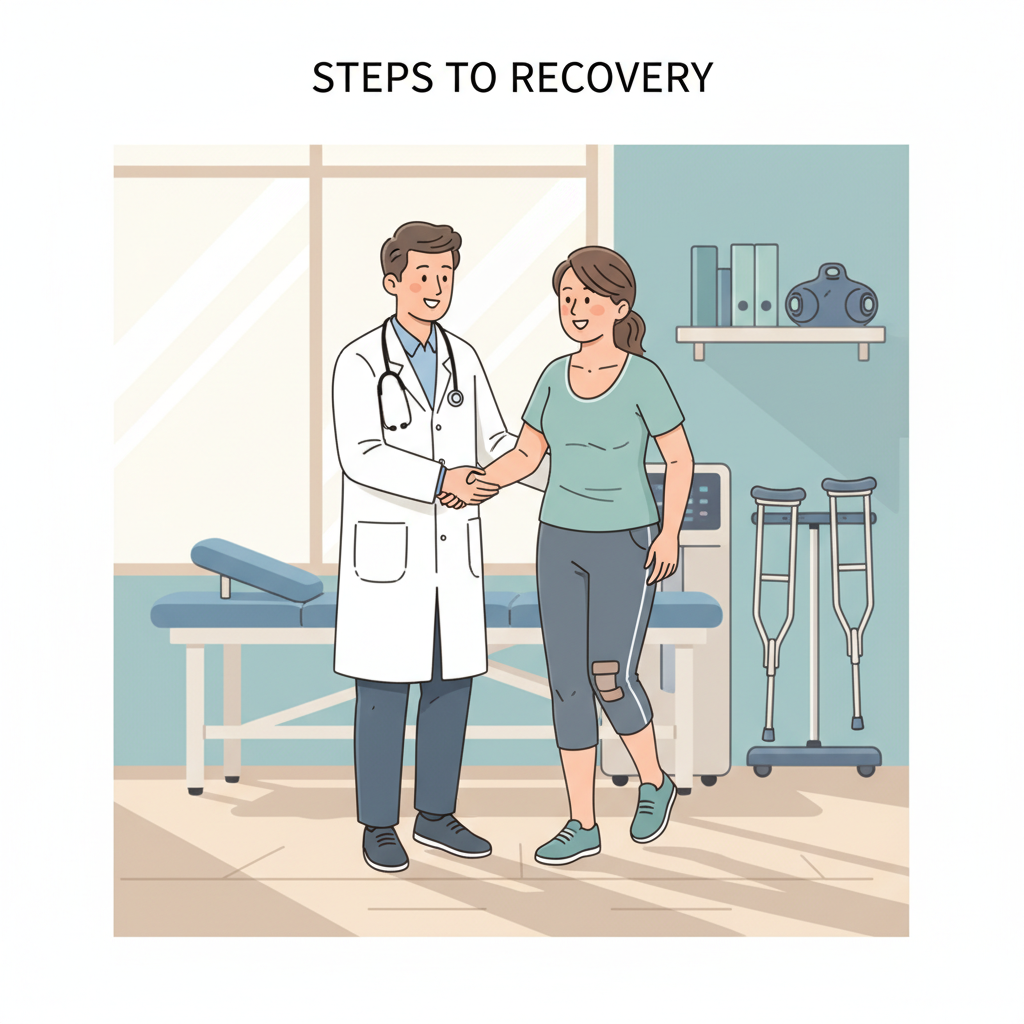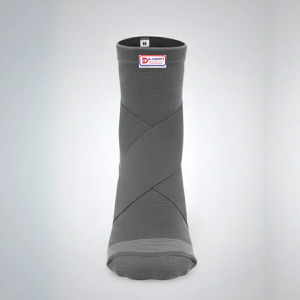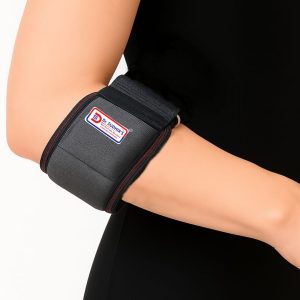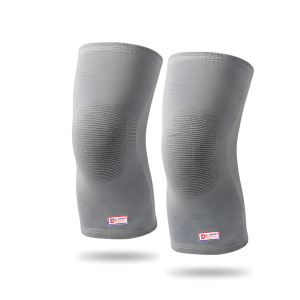For many patients, the ability to walk without discomfort is something they deeply miss. Chronic pain and mobility issues can strip away independence, making even the simplest daily activities — walking to the market, climbing stairs, or enjoying time with family — difficult or impossible.
At Dr. Sudhir’s Pain Relief Clinic, we have helped numerous patients who had lost hope of walking again after months, and in some cases, even years of pain. Through our structured treatment approach, supportive therapies, and dedicated care, many have regained mobility, strength, and confidence.
This article explains why long-term pain makes walking difficult, the steps we take to restore movement, and how the right treatment can truly change lives.
Why Patients Struggle to Walk After Months of Pain
When pain persists for a long period, it creates more than just physical discomfort. It causes changes in the body and mind that make walking harder:
-
Muscle Weakness: Pain discourages movement. Over time, muscles around the affected joint weaken, reducing support and stability.
-
Joint Stiffness: Inactivity leads to stiffness, restricting range of motion and flexibility.
-
Fear of Movement: Many patients avoid walking because they fear worsening the pain or falling. This “fear-avoidance cycle” leads to further immobility.
-
Secondary Problems: Long-term knee, back, or ankle pain often creates imbalance, leading to hip or spine issues.
-
Emotional Impact: The frustration of not being able to walk freely often causes stress, anxiety, or even depression.
Breaking this cycle requires expert diagnosis, a personalized recovery plan, and continuous guidance.
Our Step-by-Step Approach to Help Patients Walk Again
At Dr. Sudhir’s Pain Relief Clinic, we do not believe in one-size-fits-all solutions. Every patient has a unique history, condition, and set of challenges. That’s why our treatment process is comprehensive and personalized.
1. Detailed Consultation and Diagnosis
The first step is always understanding the root cause of pain. We perform a thorough physical examination, discuss medical history, and when required, conduct neuro tests, imaging, and diagnostics. Identifying the exact problem — whether arthritis, nerve damage, paralysis, or post-injury complications — ensures treatment accuracy.
2. Pain Management and Relief
Before mobility can be restored, pain must be controlled. Depending on the patient’s condition, we use advanced pain management therapies, non-surgical interventions, medications, and targeted therapies that reduce inflammation and provide relief.
3. Muscle Strengthening and Rehabilitation
Once the pain subsides, we gradually introduce rehabilitation exercises and physiotherapy. These sessions focus on:
-
Strengthening muscles around the knee, hip, and ankle
-
Improving joint flexibility and stability
-
Correcting imbalances in posture and gait
-
Building endurance for longer walks
This step is crucial because strong supporting muscles protect the joints from further injury and give patients confidence in their movement.
4. Lifestyle Correction and Education
Recovery does not end in the clinic. We guide patients on nutrition, daily posture, ergonomic sitting/standing habits, safe exercises, and home care. For elderly patients or those unable to visit frequently, we provide doctor home visits, making recovery more accessible.
5. Use of Supportive Products
Supportive aids such as braces and ankle binders play a significant role in the recovery journey. An ankle binder provides gentle compression, improves blood circulation, stabilizes the joint, and reduces unnecessary strain. This extra support allows patients to walk with greater comfort and lowers the risk of re-injury during recovery.
Success Stories: From Pain to Independence
We have witnessed remarkable recoveries in patients who once believed they would never walk again. For example:
-
A middle-aged woman with severe knee arthritis regained her ability to walk short distances without support after months of therapy combined with ankle support.
-
An elderly patient recovering from paralysis improved mobility through regular neuro-therapy sessions, guided physiotherapy, and supportive walking aids.
-
A young sports enthusiast, sidelined by ligament injury, was able to return to daily activity after targeted rehabilitation and gradual strengthening.
These stories highlight the same truth: with the right treatment and dedication, patients can overcome months of pain and regain mobility.
Why Early Intervention Matters
Many patients delay visiting a pain specialist, hoping that rest or home remedies will resolve the issue. Unfortunately, this often makes recovery longer and more difficult. Early diagnosis and timely treatment can prevent muscle weakness, joint stiffness, and secondary complications.
If knee pain, back pain, or difficulty in walking has lasted more than a few weeks, it is strongly advised to consult a specialist.
Final Thoughts
Walking again after months of pain is not just a medical achievement — it is a transformation in lifestyle and confidence. At Dr. Sudhir’s Pain Relief Clinic, we are committed to guiding patients through every stage of this journey, from diagnosis and pain relief to rehabilitation and long-term care.
With expert guidance, supportive therapies, and aids like an ankle binder, patients can reclaim mobility, independence, and hope for the future.
If you or a loved one is struggling with chronic pain and difficulty in walking, do not wait. Take the first step toward recovery today.
Call our specialists at +91 91636 95790.







